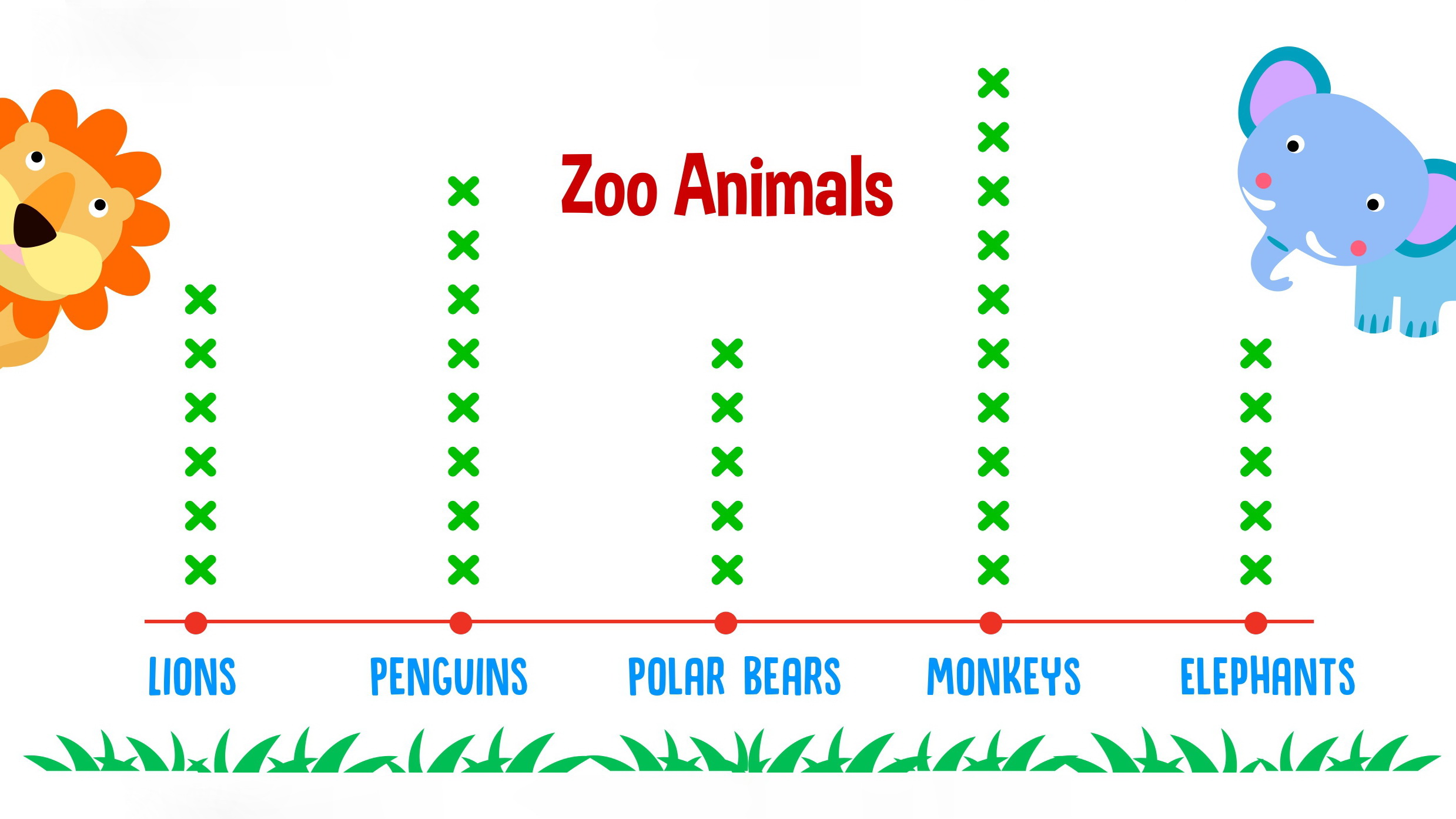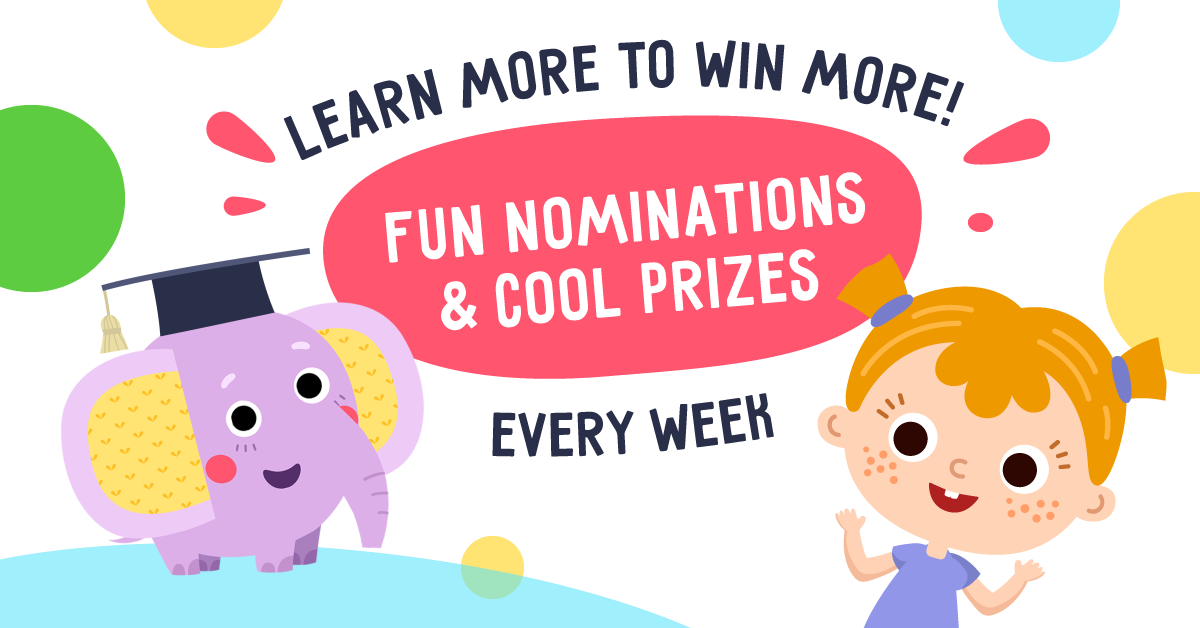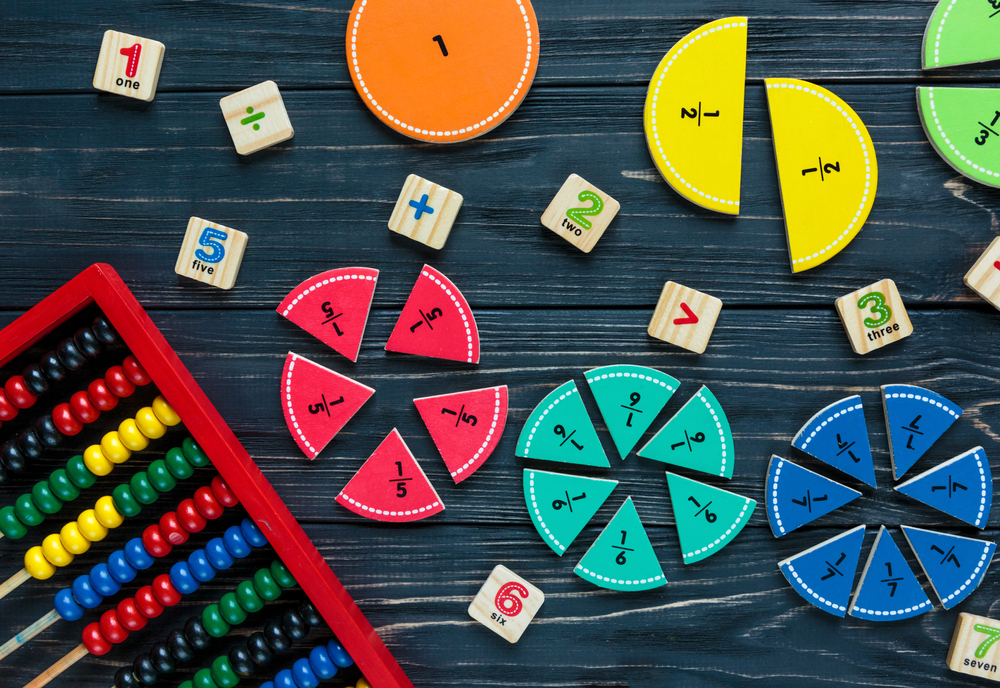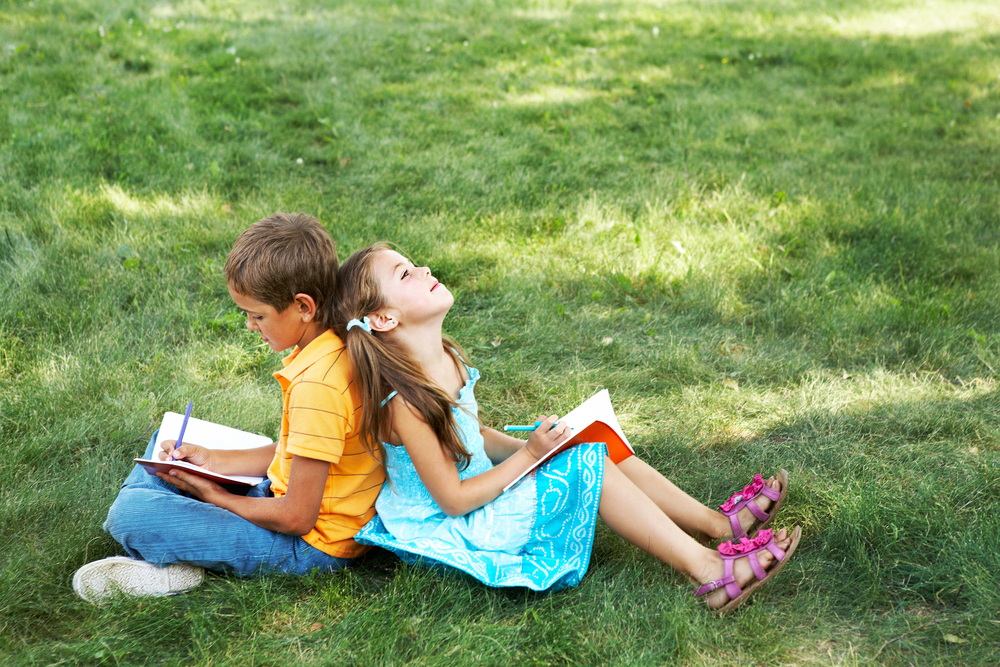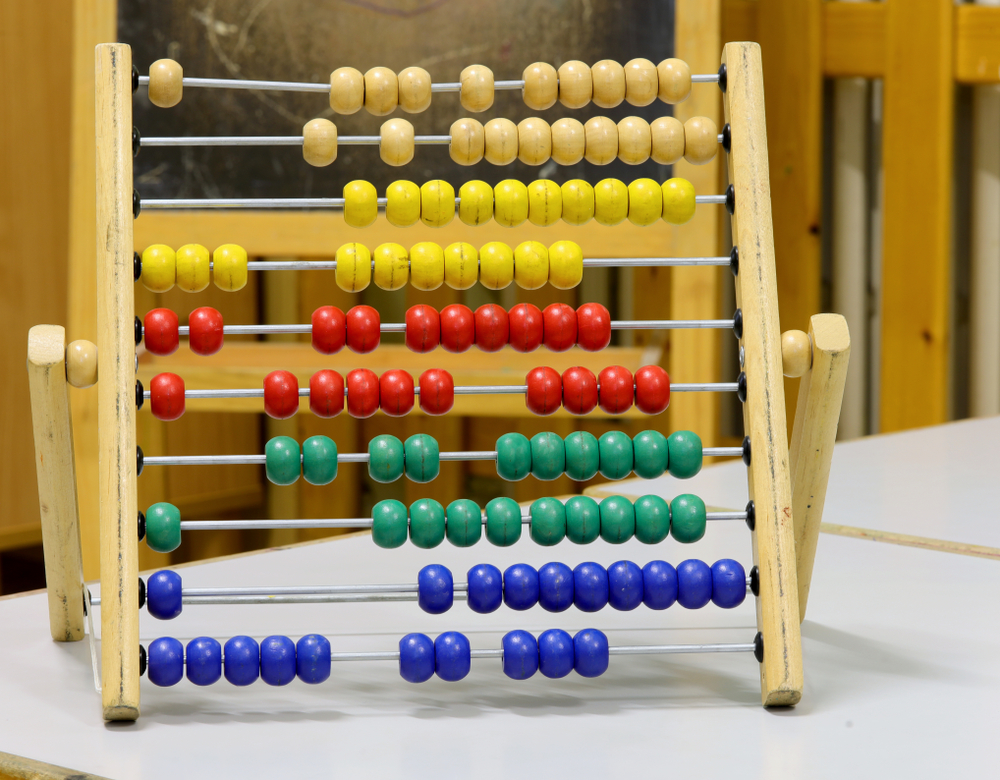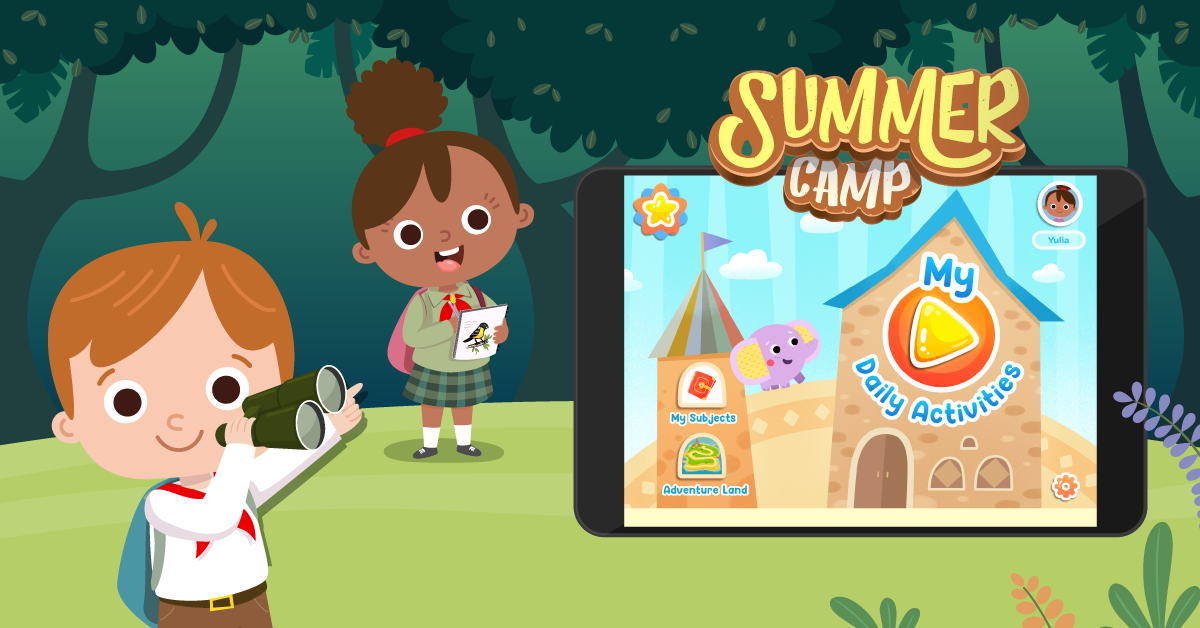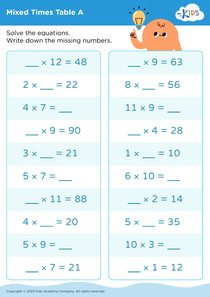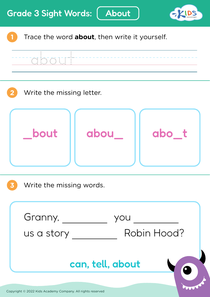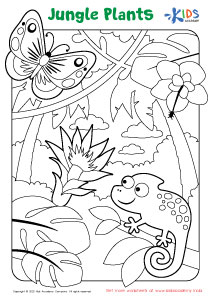RL.3.3 Key Ideas and Details worksheets With Answers for Grade 3
6 filtered results
-
From - To
Enhance your third grader's reading comprehension skills with our comprehensive "RL.3.3 Key Ideas and Details Worksheets." Specifically designed for Grade 3 students, these worksheets focus on analyzing the central message, lesson, or moral of stories. Each worksheet includes clear, engaging prompts to help students delve deeper into the texts. Additionally, complete answer keys are provided, making it easy for parents and teachers to facilitate learning. These resources not only reinforce understanding but also bolster critical thinking abilities in young readers. Perfect for classroom or home practice, our worksheets support the development of essential literacy skills aligned with CCSS standards.
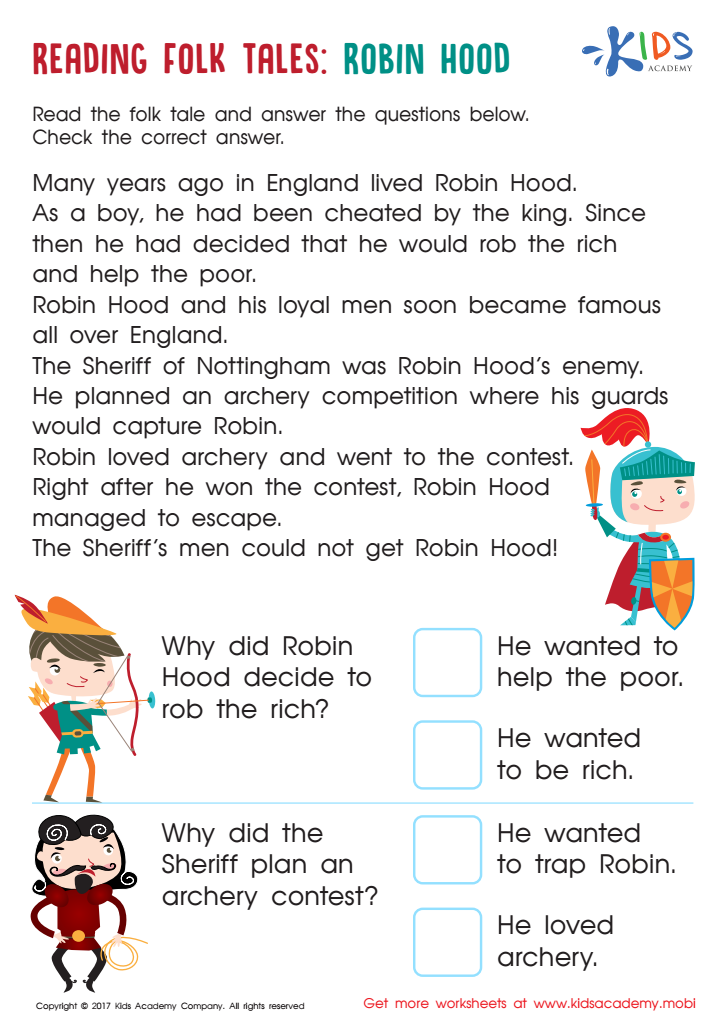

Robin Hood Folktale Worksheet
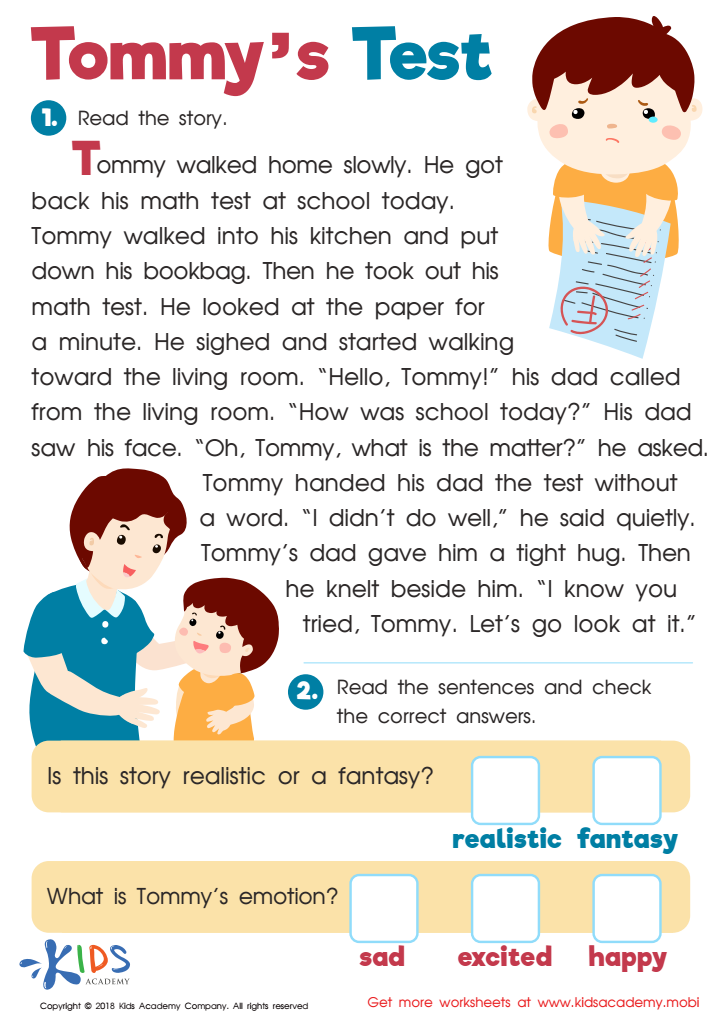

Tommys Test Worksheet
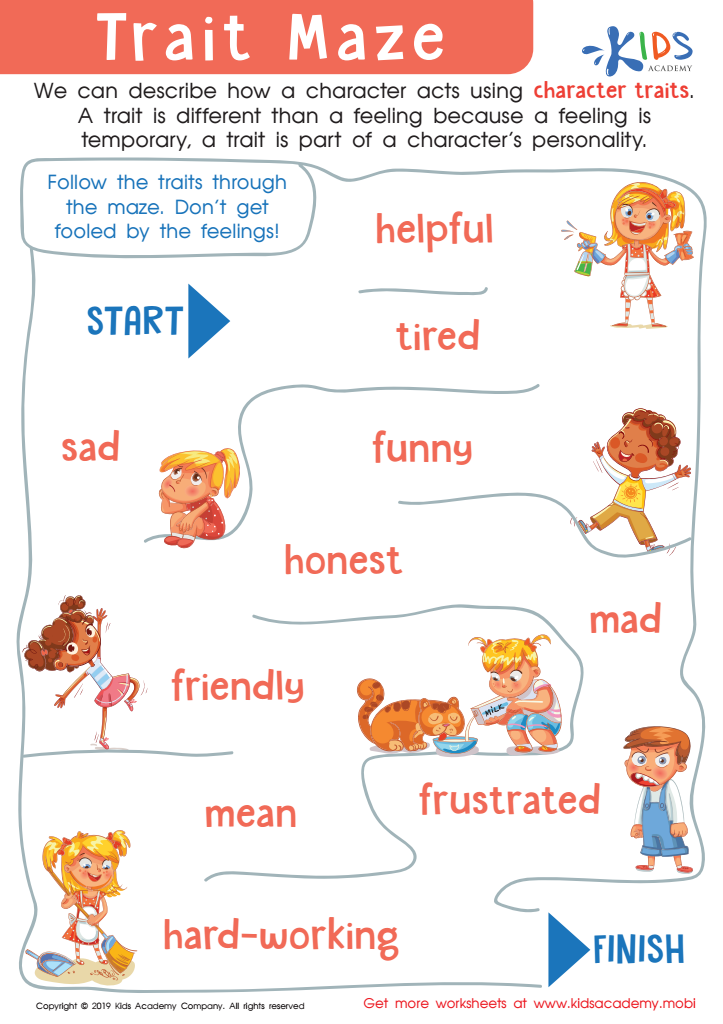

Trait Maze Worksheet


Finding Character Traits Worksheet
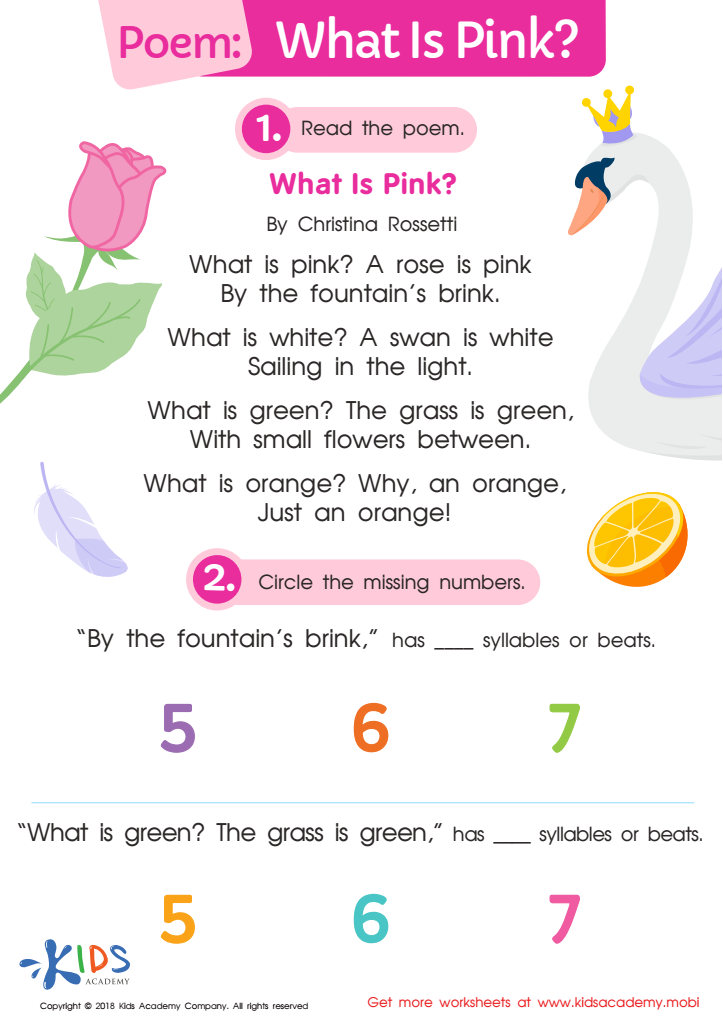

Poem: What Is Pink? Worksheet
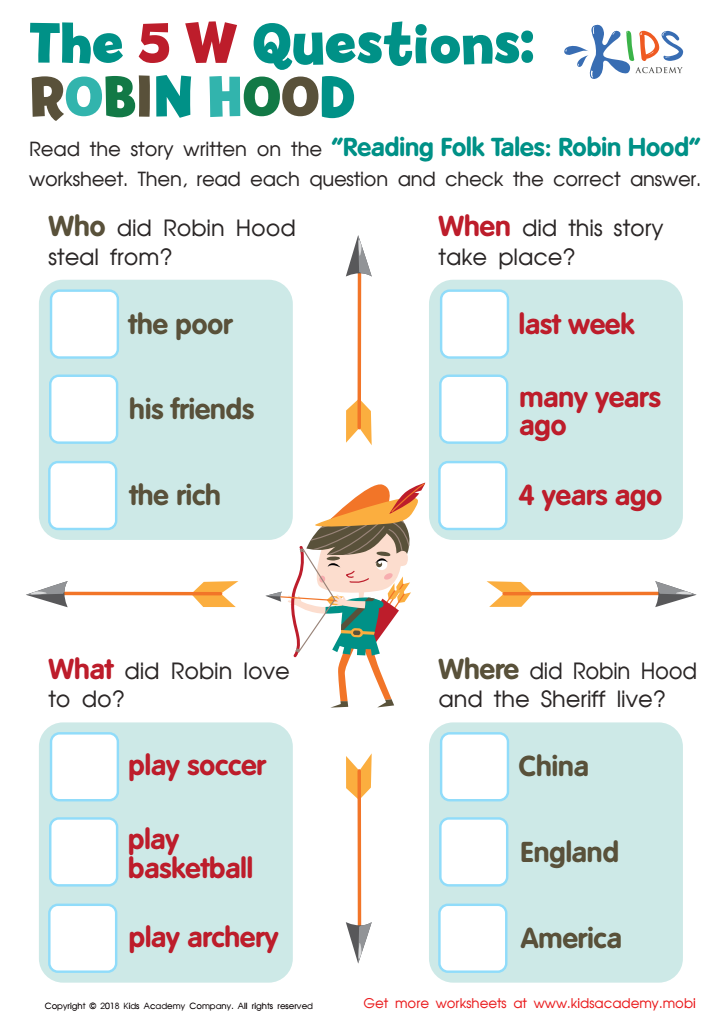

The 5 W Questions: Robin Hood Worksheet
RL.3.3 focuses on analyzing characters, events, and settings in a story, which is crucial for third graders' reading development. Parents and teachers should care about this standard because it fosters critical thinking and comprehension skills essential for academic success. When children learn to identify and understand key elements in texts, they become better readers and storytellers.
By encouraging students to describe characters and their motives or the events and settings in a story, we facilitate deeper engagement with literature. This practice not only enhances their analytical skills but also cultivates empathy, as students can learn to appreciate different perspectives. Furthermore, mastering RL.3.3 helps build a foundation for more complex literary analysis in later grades.
Additionally, this standard supports other areas of learning. Strong reading comprehension skills are linked to improved writing abilities, allowing children to express their own ideas and narratives more effectively. Further, it promotes communication skills, enabling better discussions about books with peers, parents, and teachers.
In summary, understanding RL.3.3 equips children with valuable skills that extend beyond the classroom, enhancing their overall academic journey and preparing them for future challenges.
 Assign to My Students
Assign to My Students


